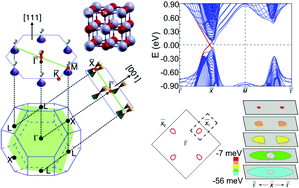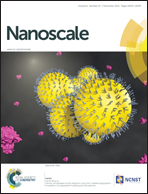Topological crystalline insulator nanostructures
Abstract
Topological crystalline insulators are topological insulators whose surface states are protected by the crystalline symmetry, instead of the time reversal symmetry. Similar to the first generation of three-dimensional topological insulators such as Bi2Se3 and Bi2Te3, topological crystalline insulators also possess surface states with exotic electronic properties such as spin-momentum locking and Dirac dispersion. Experimentally verified topological crystalline insulators to date are SnTe, Pb1−xSnxSe, and Pb1−xSnxTe. Because topological protection comes from the crystal symmetry, magnetic impurities or in-plane magnetic fields are not expected to open a gap in the surface states in topological crystalline insulators. Additionally, because they have a cubic structure instead of a layered structure, branched structures or strong coupling with other materials for large proximity effects are possible, which are difficult with layered Bi2Se3 and Bi2Te3. Thus, additional fundamental phenomena inaccessible in three-dimensional topological insulators can be pursued. In this review, topological crystalline insulator SnTe nanostructures will be discussed. For comparison, experimental results based on SnTe thin films will be covered. Surface state properties of topological crystalline insulators will be discussed briefly.


 Please wait while we load your content...
Please wait while we load your content...